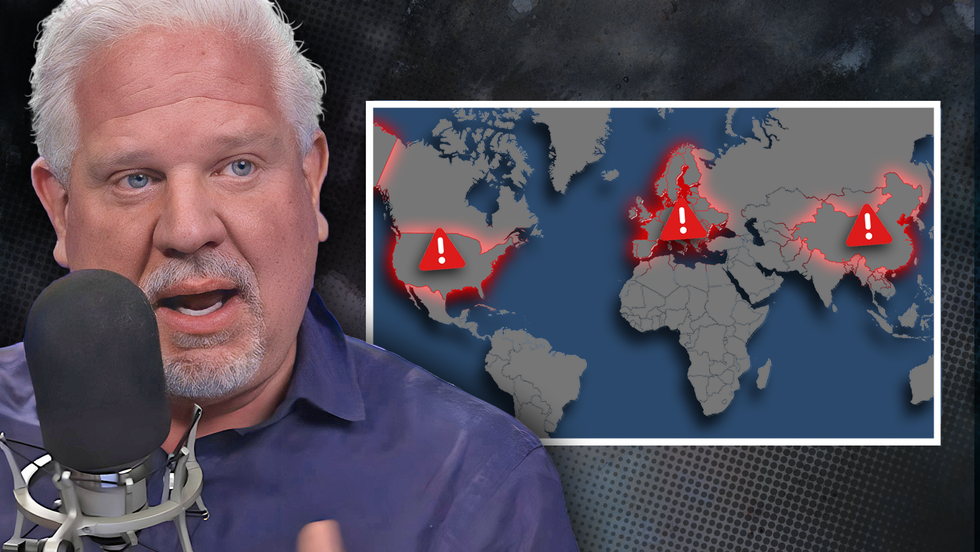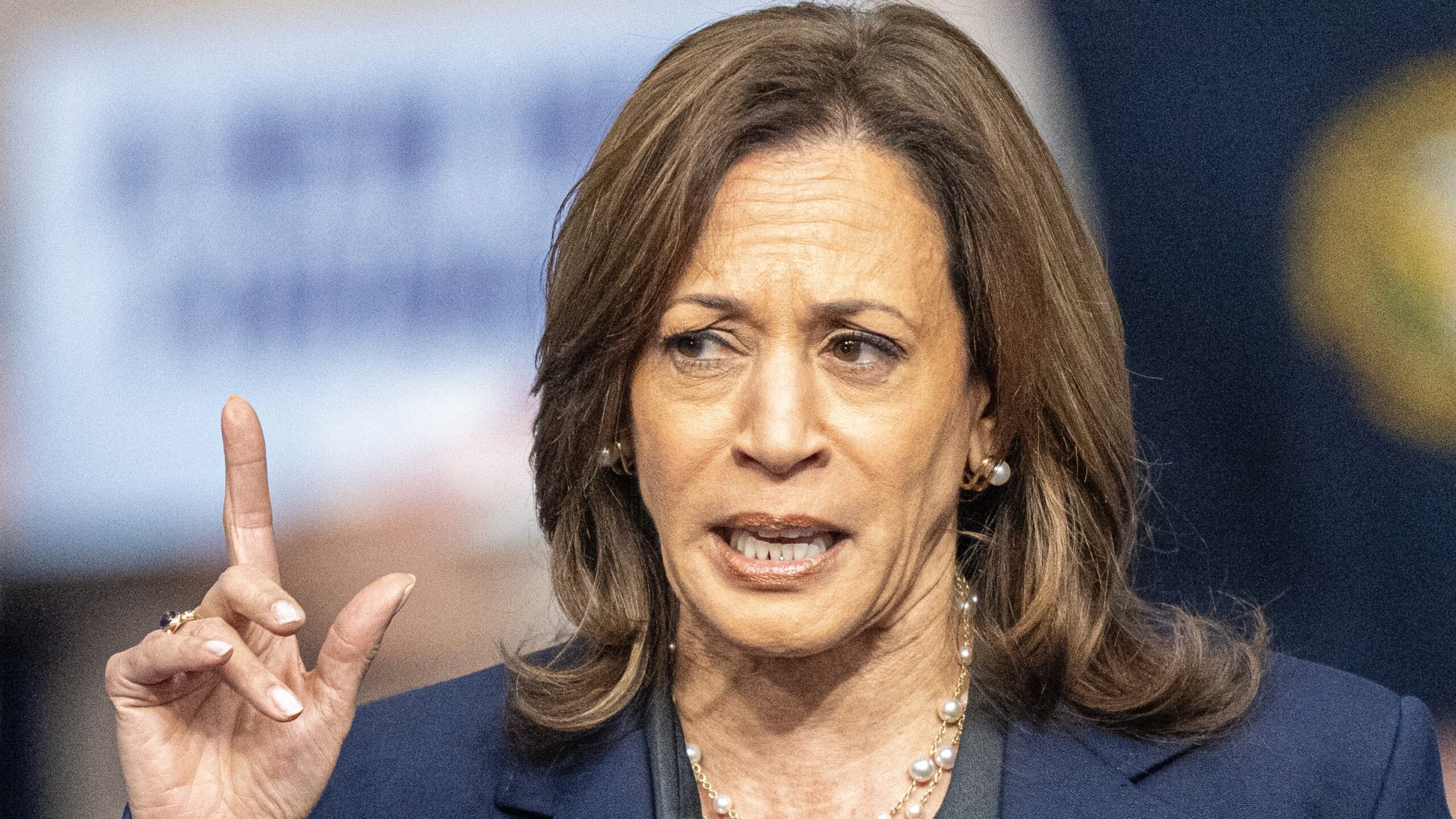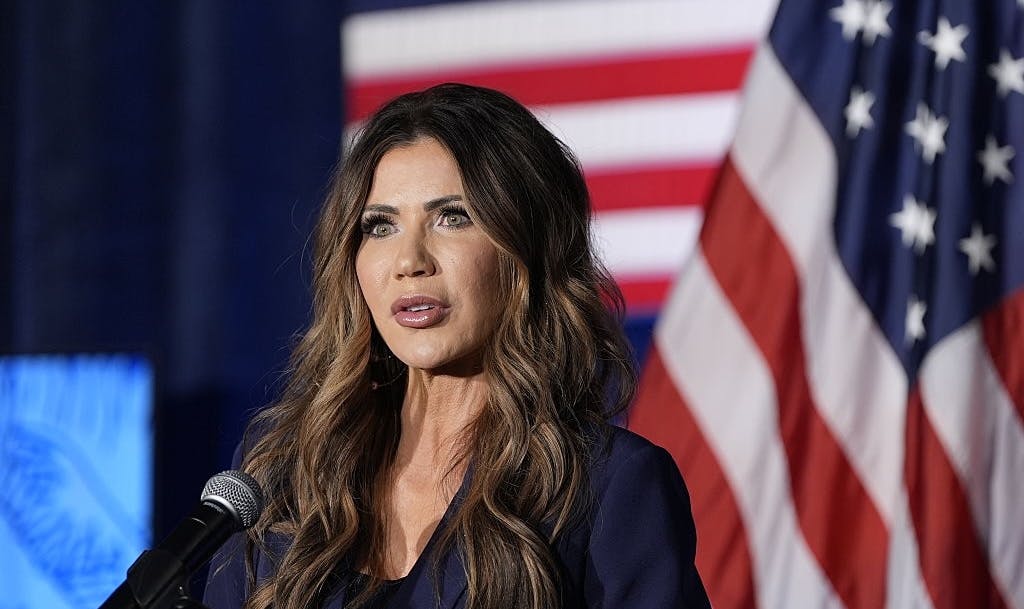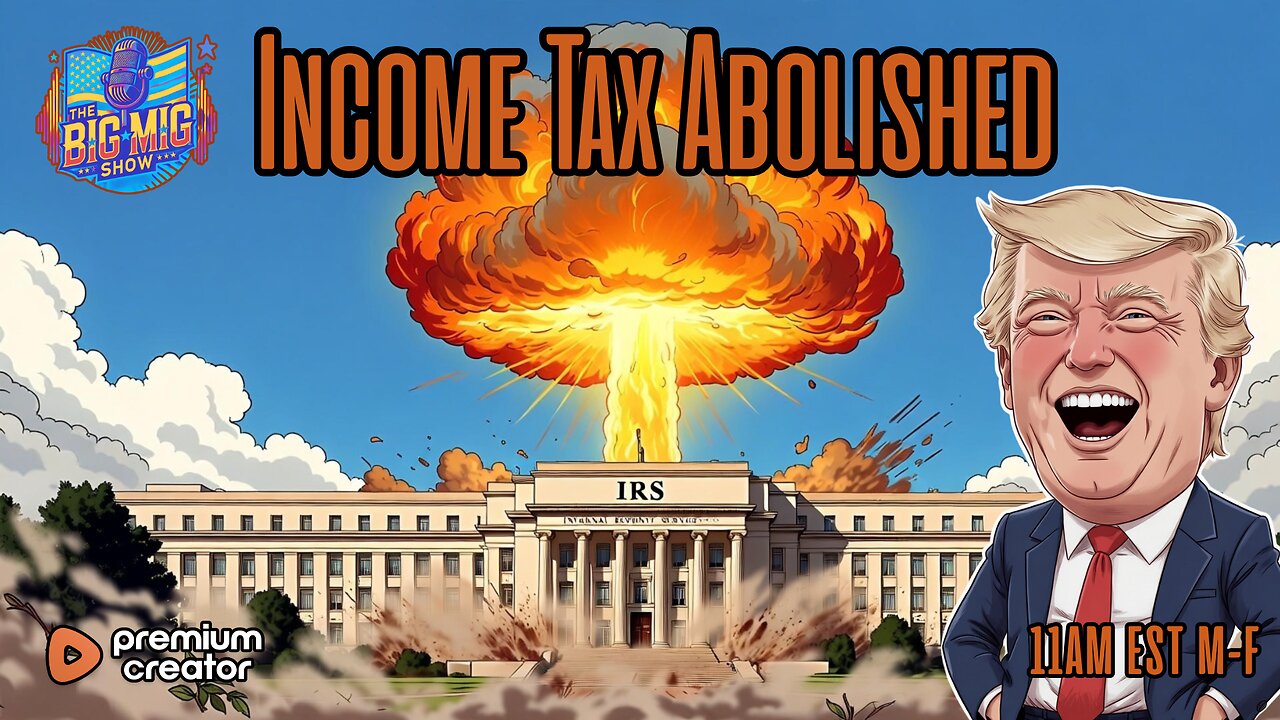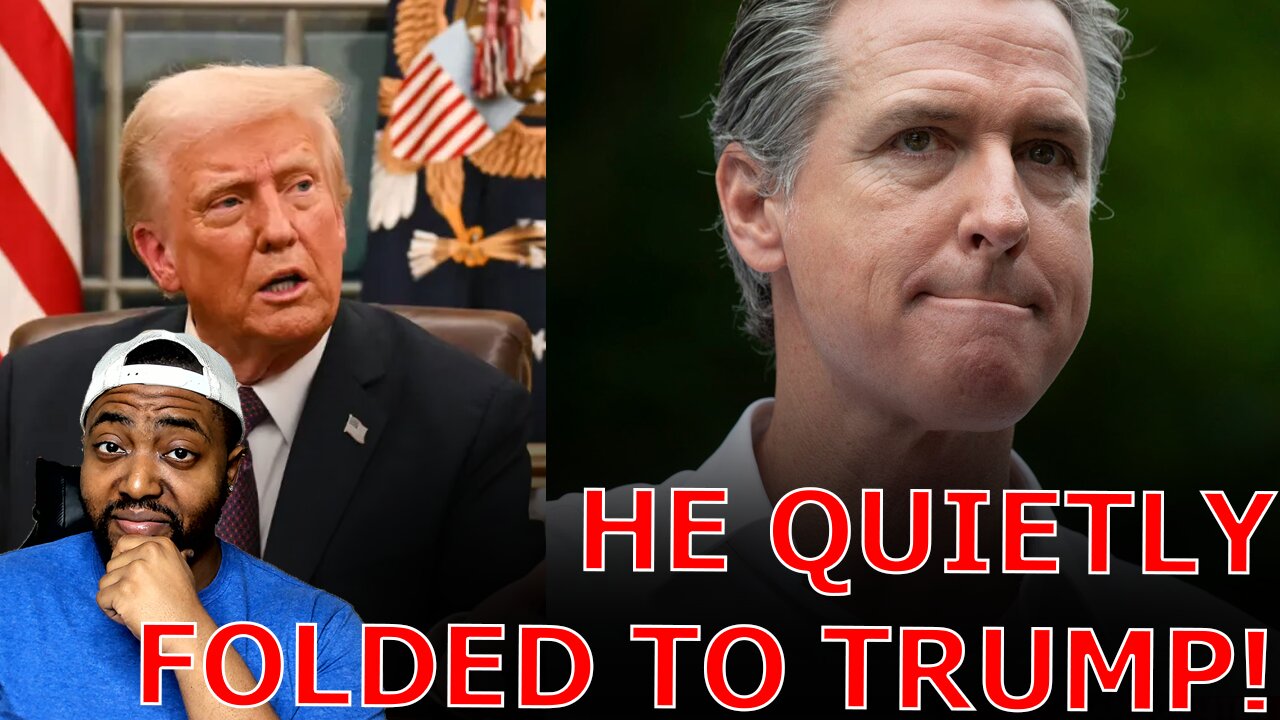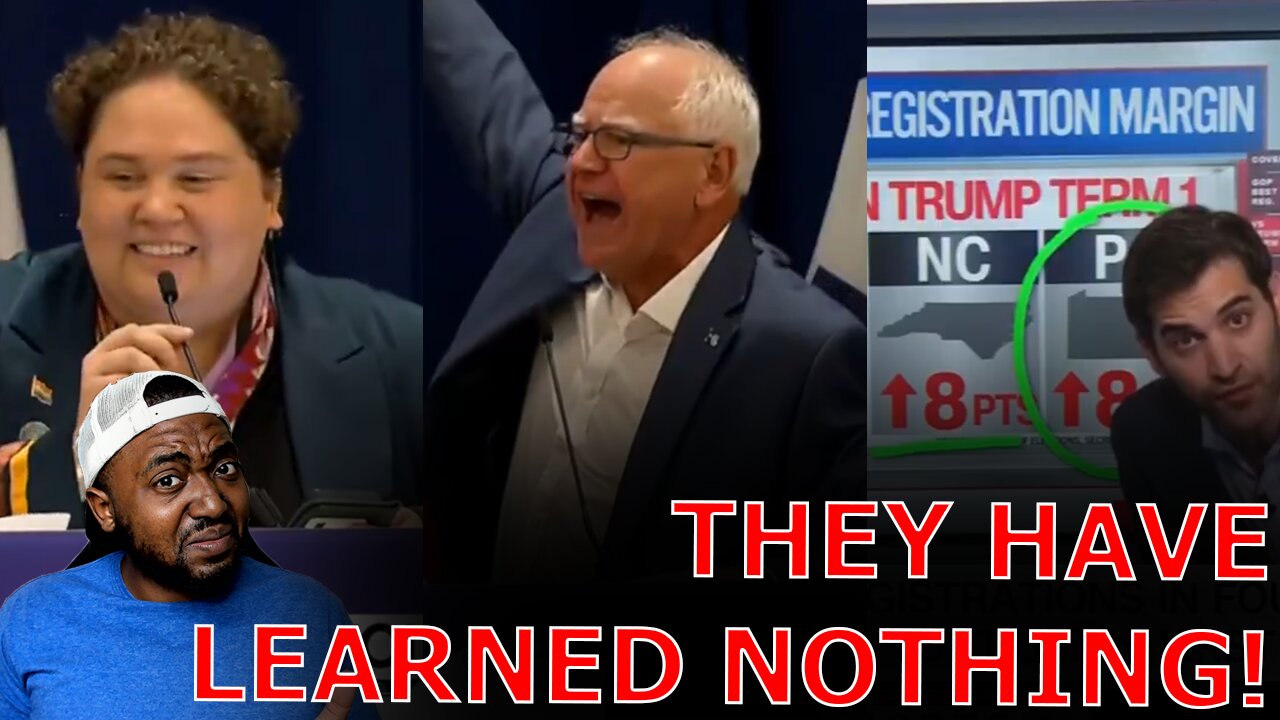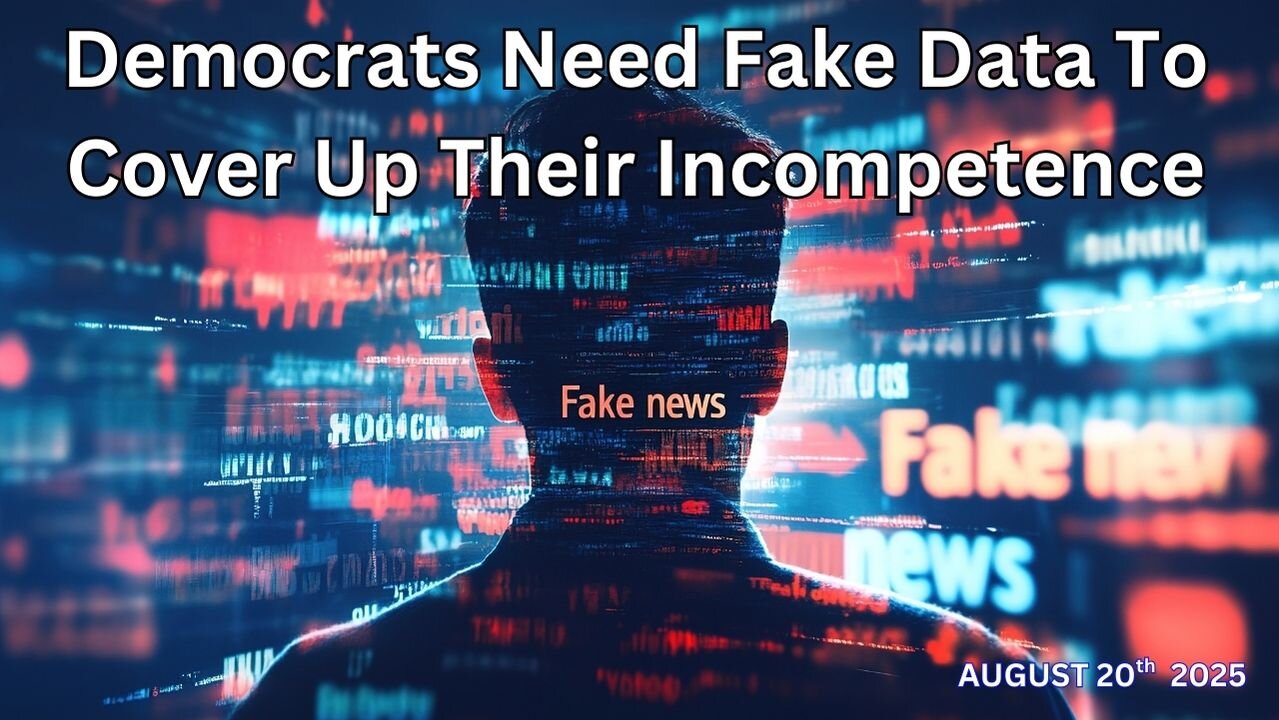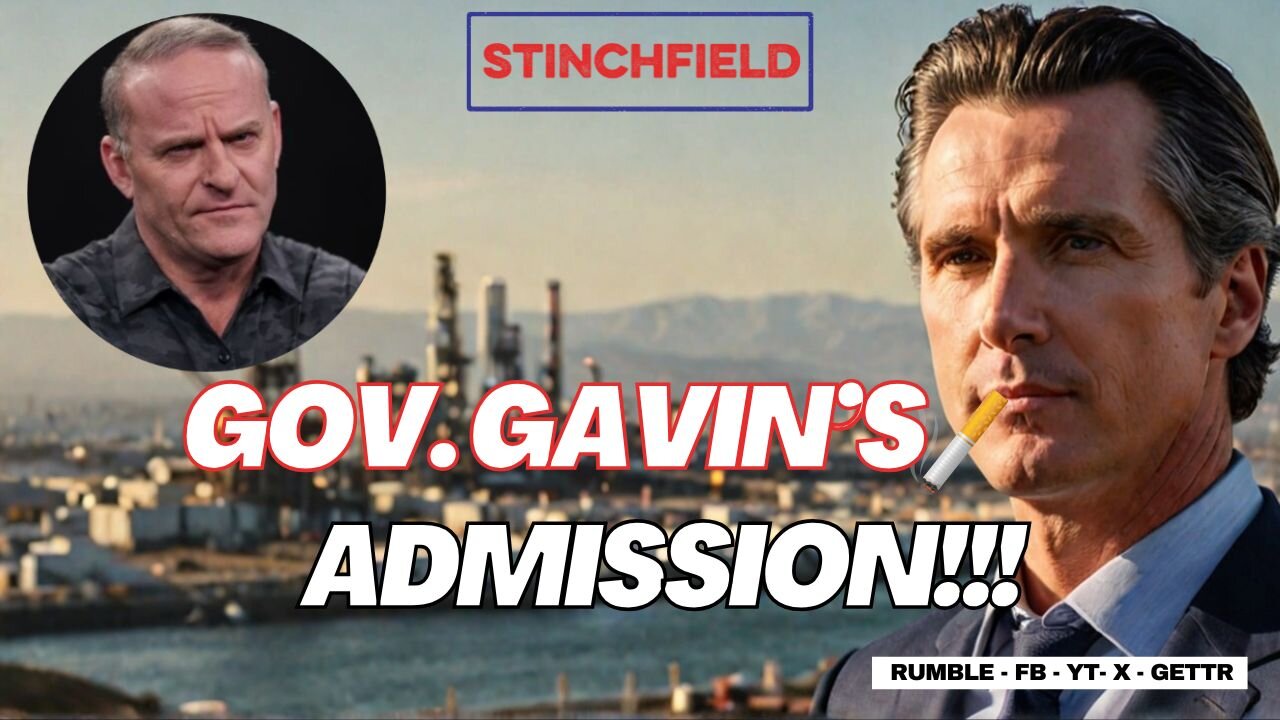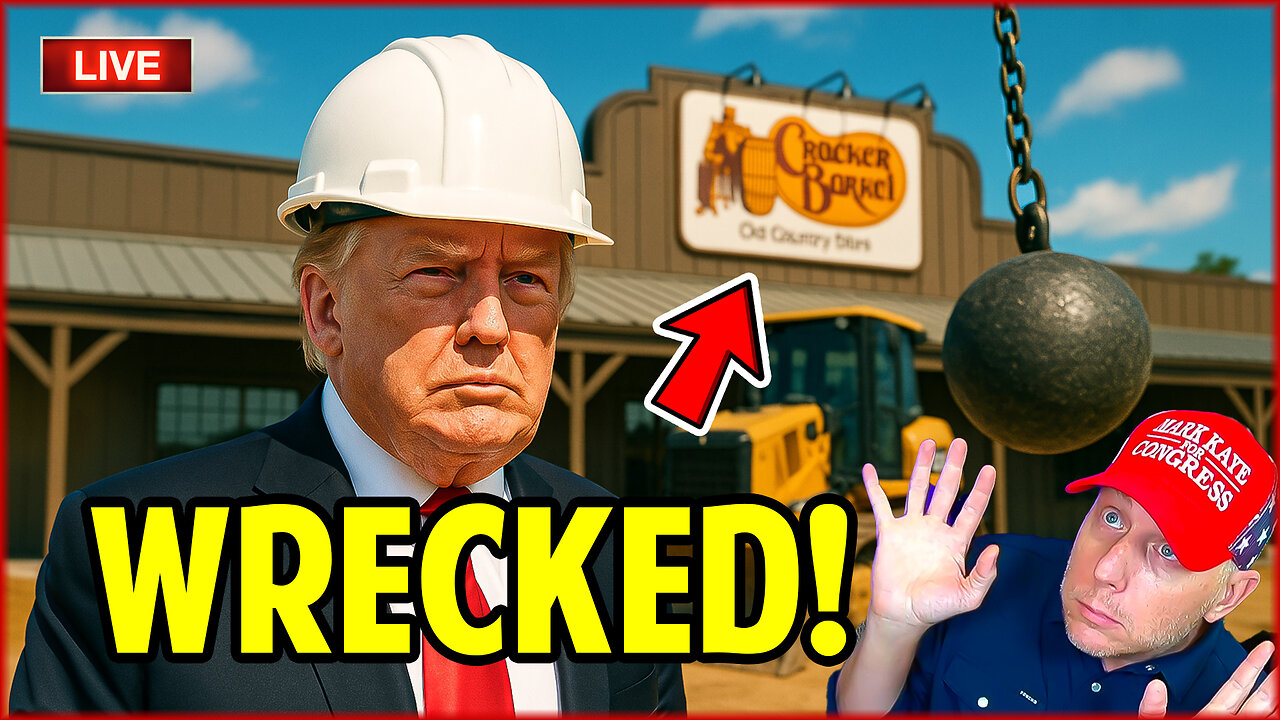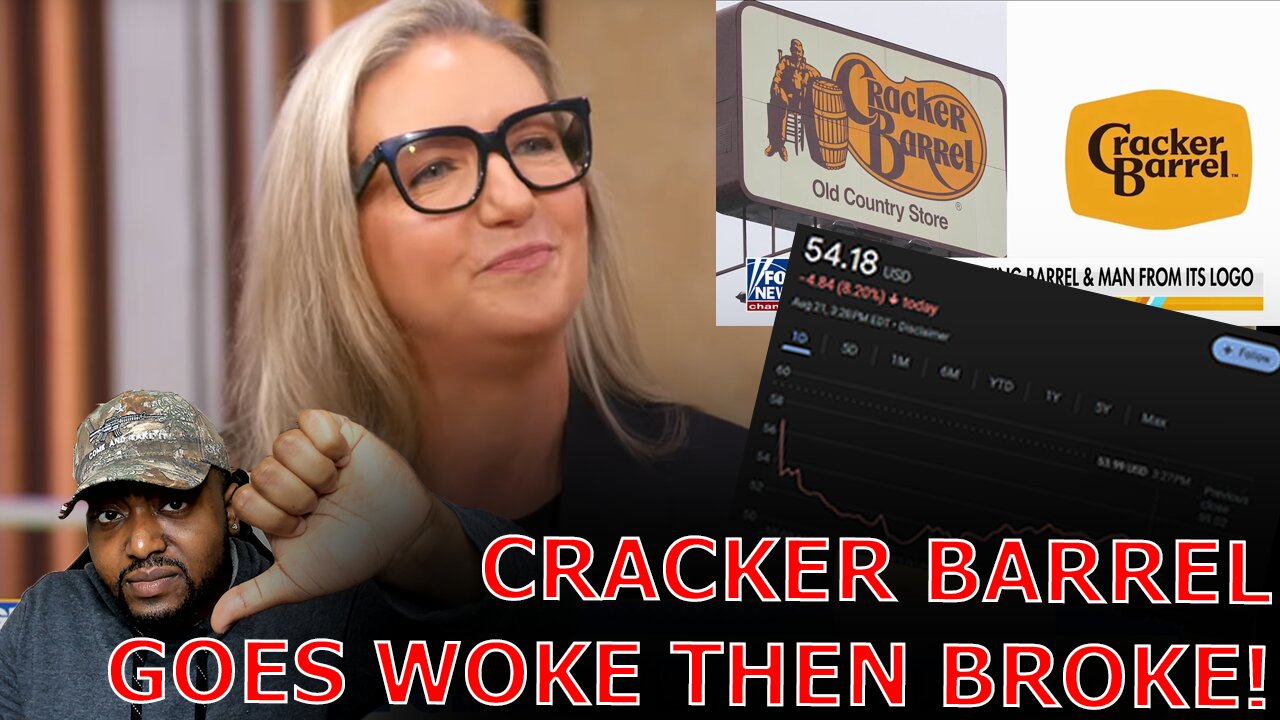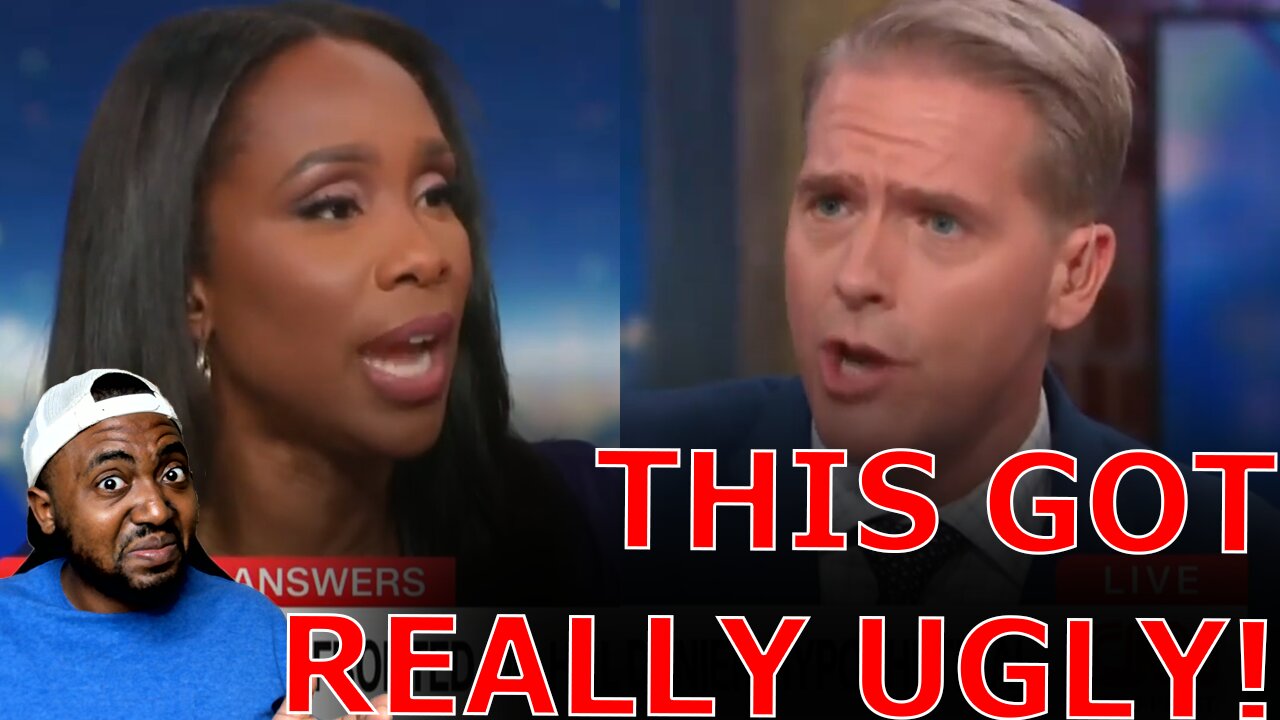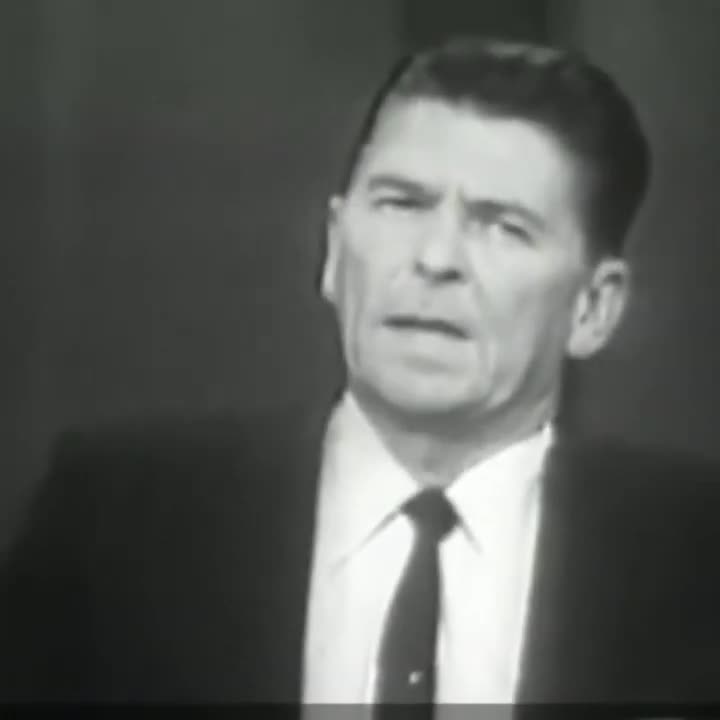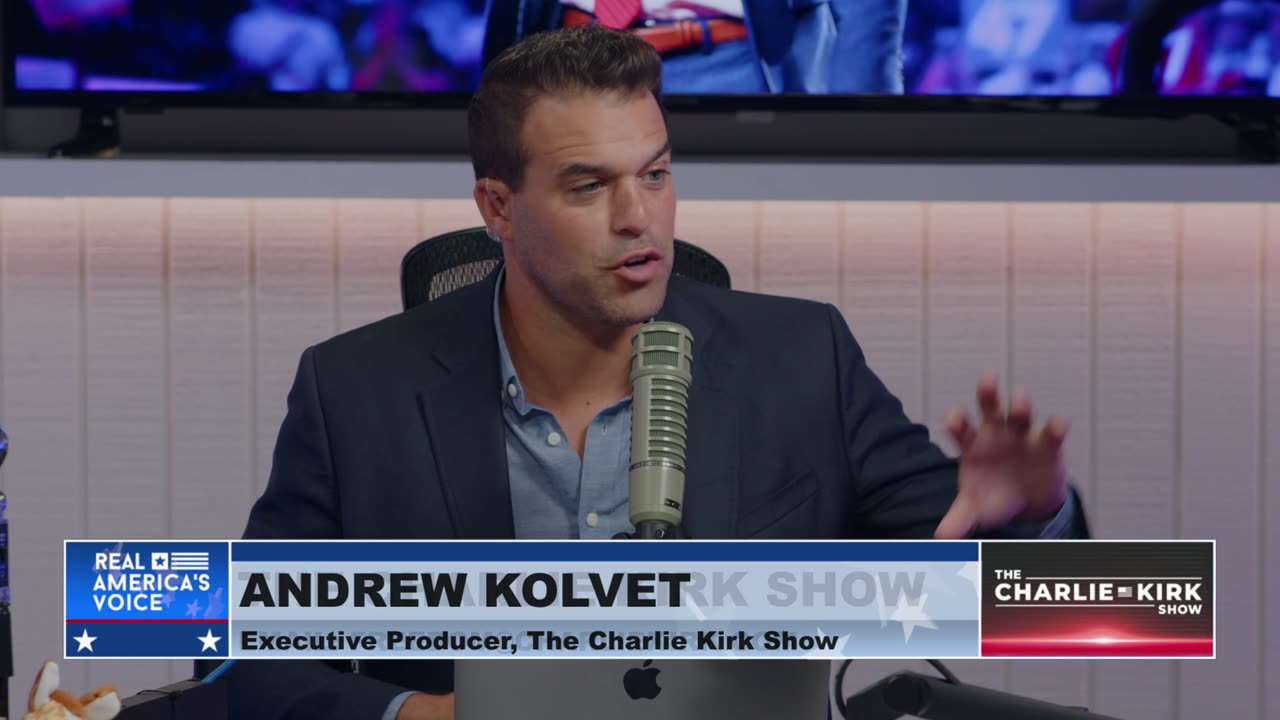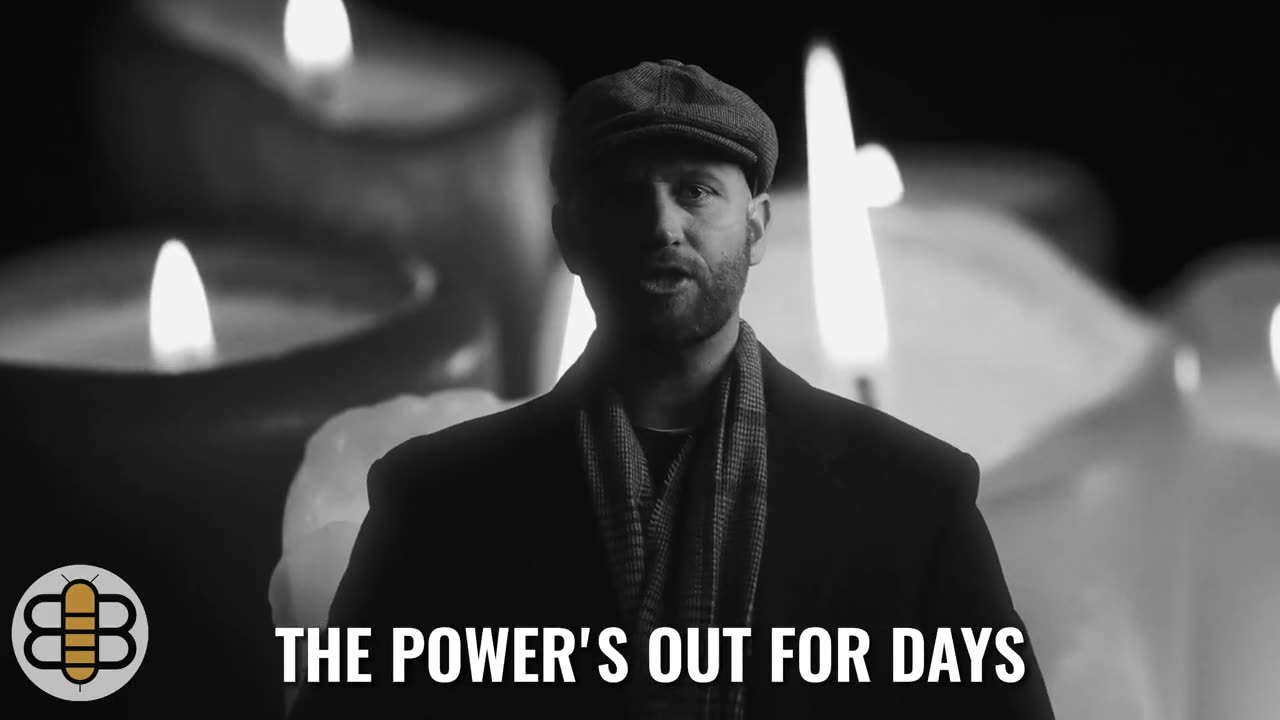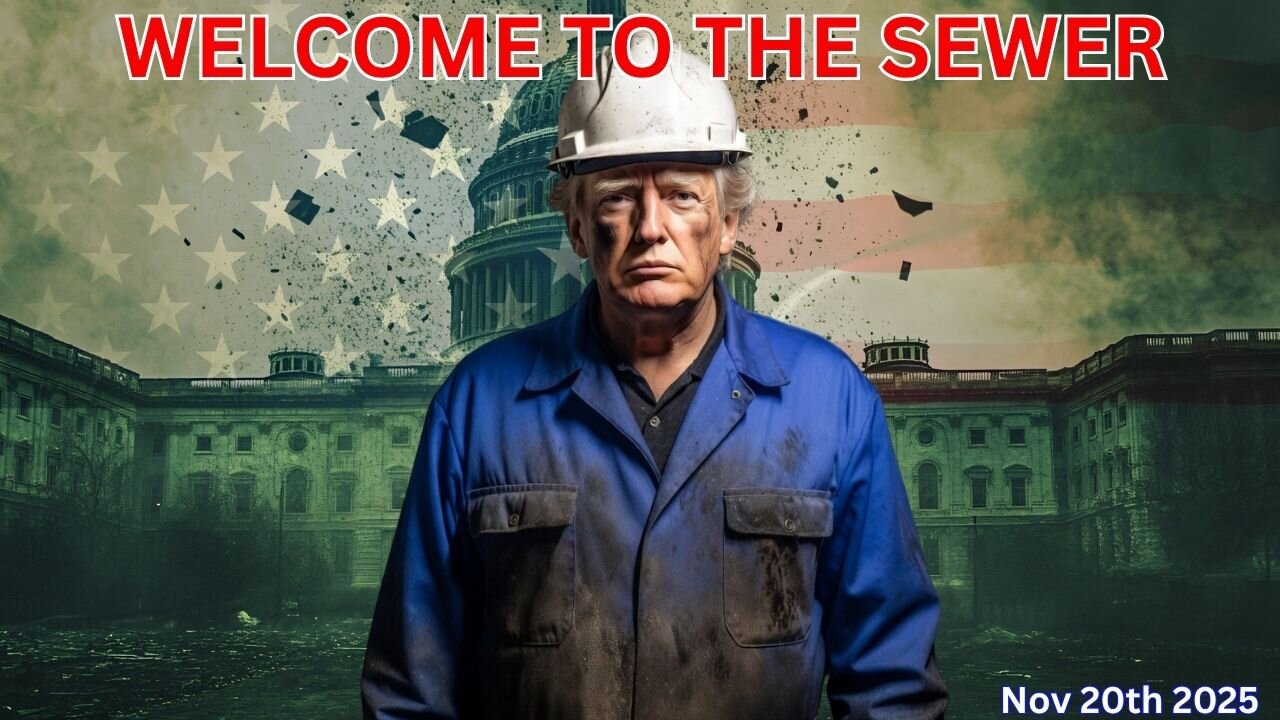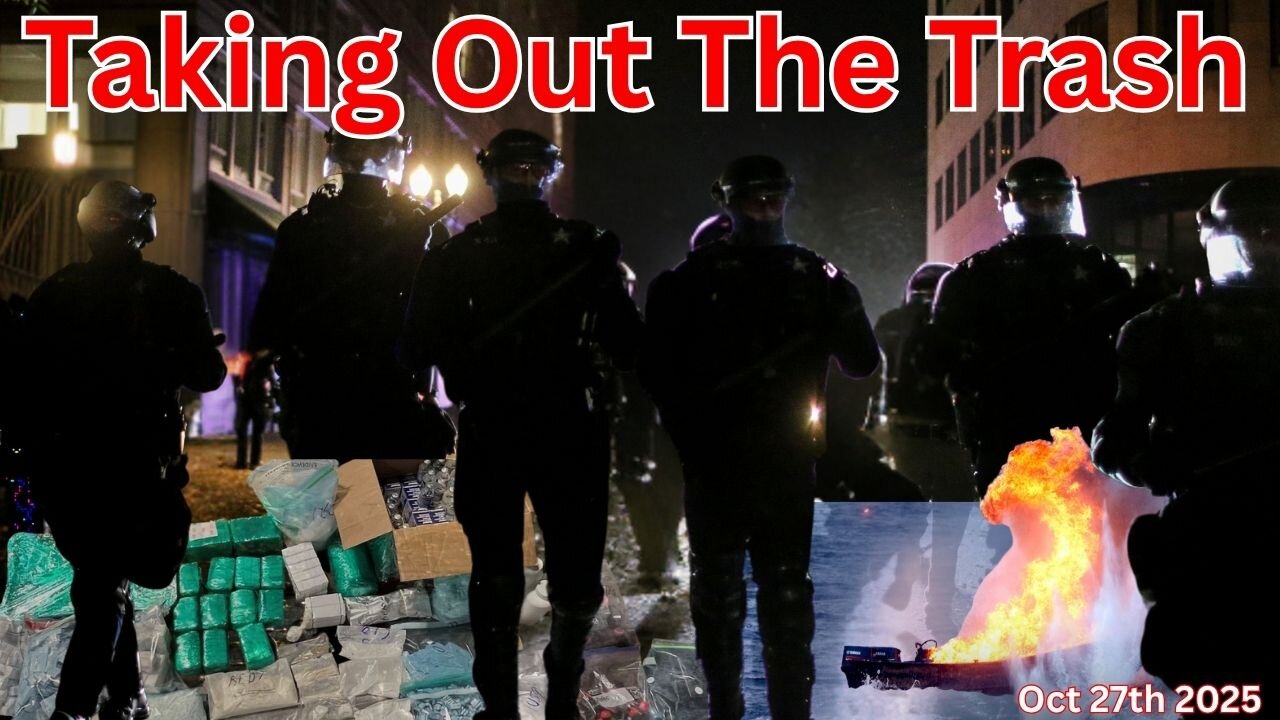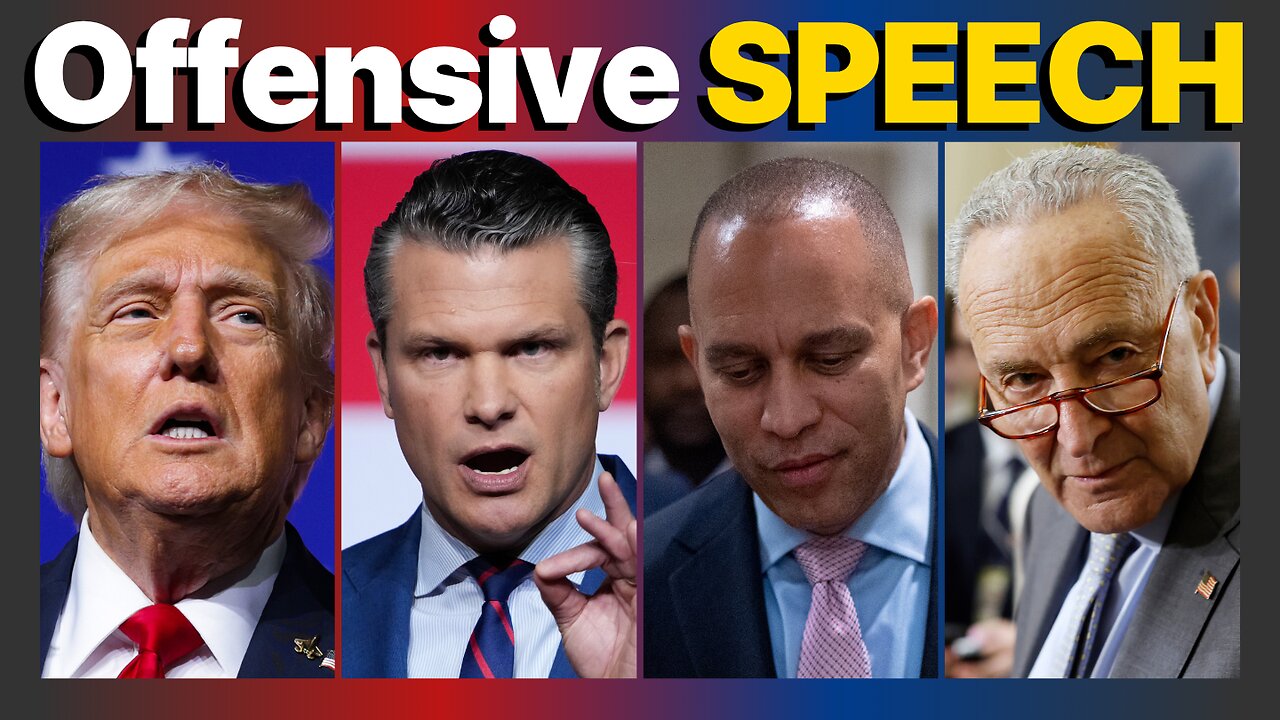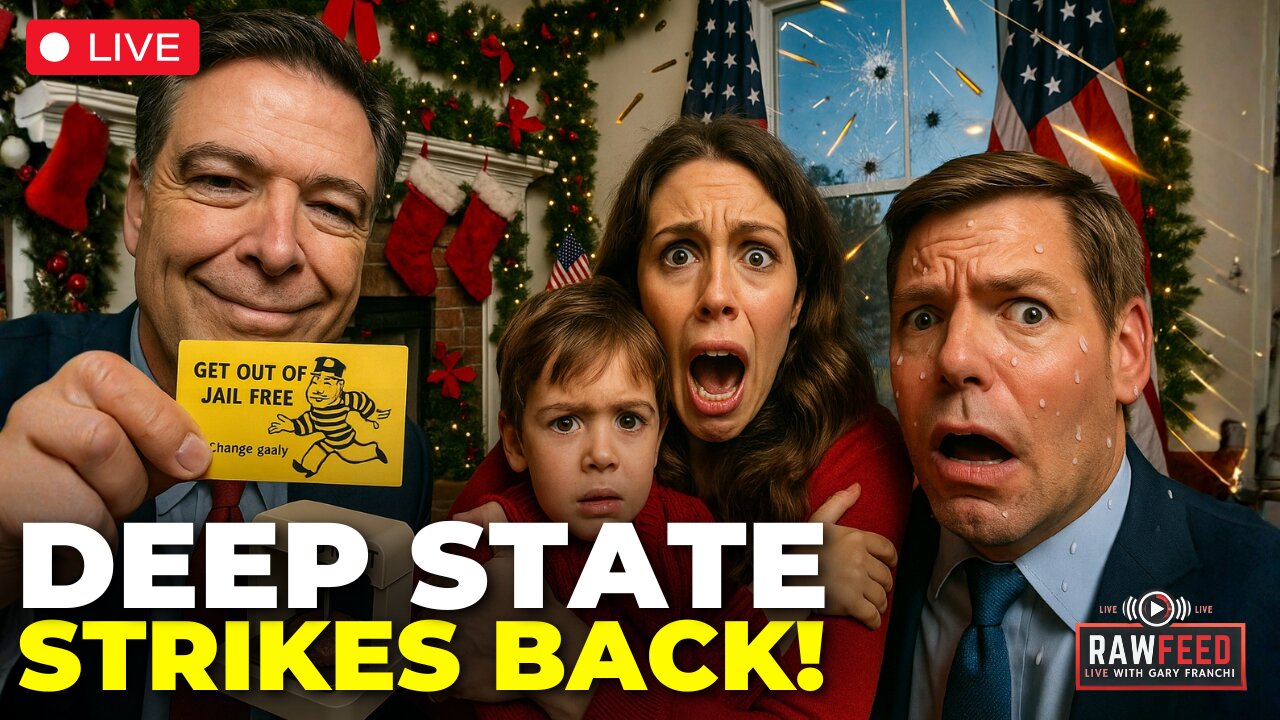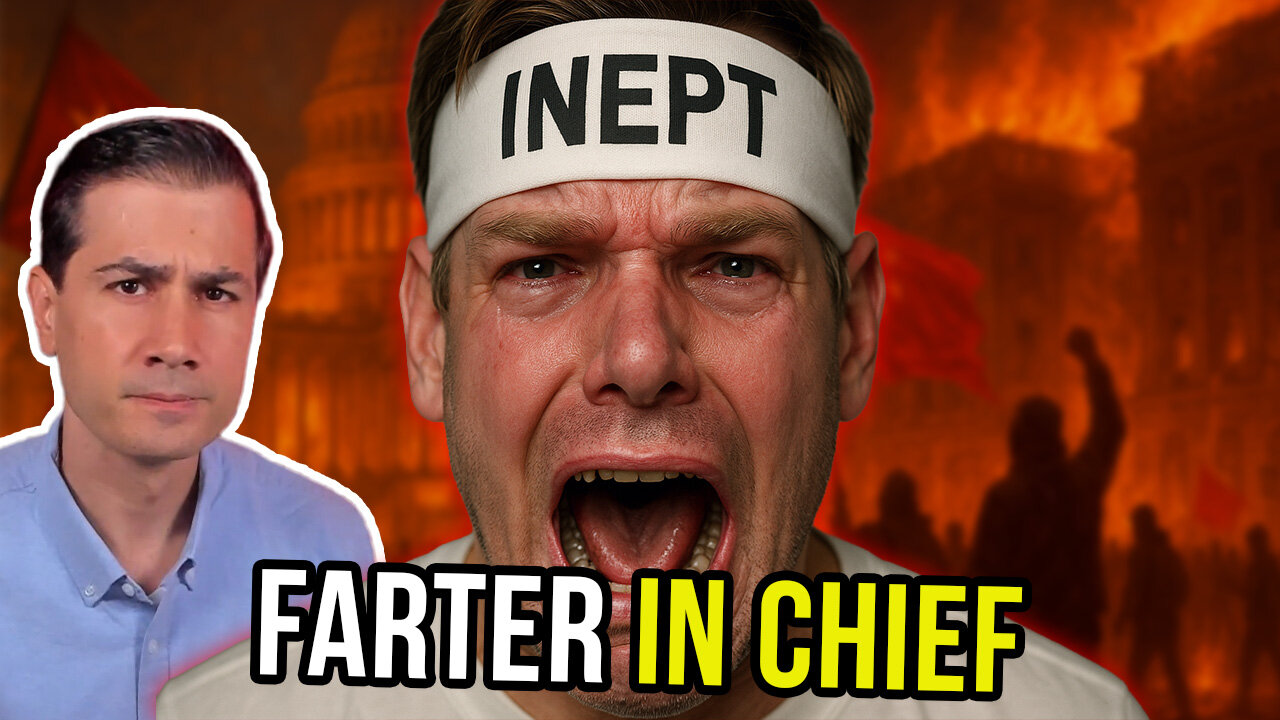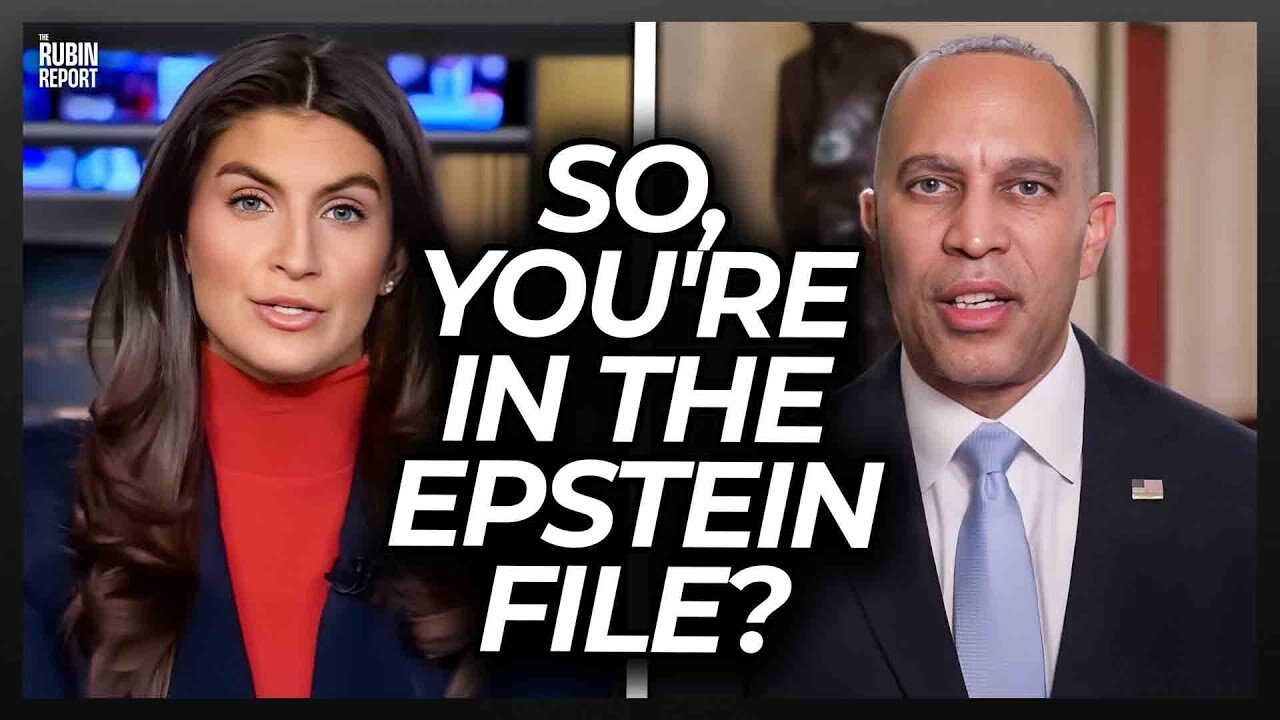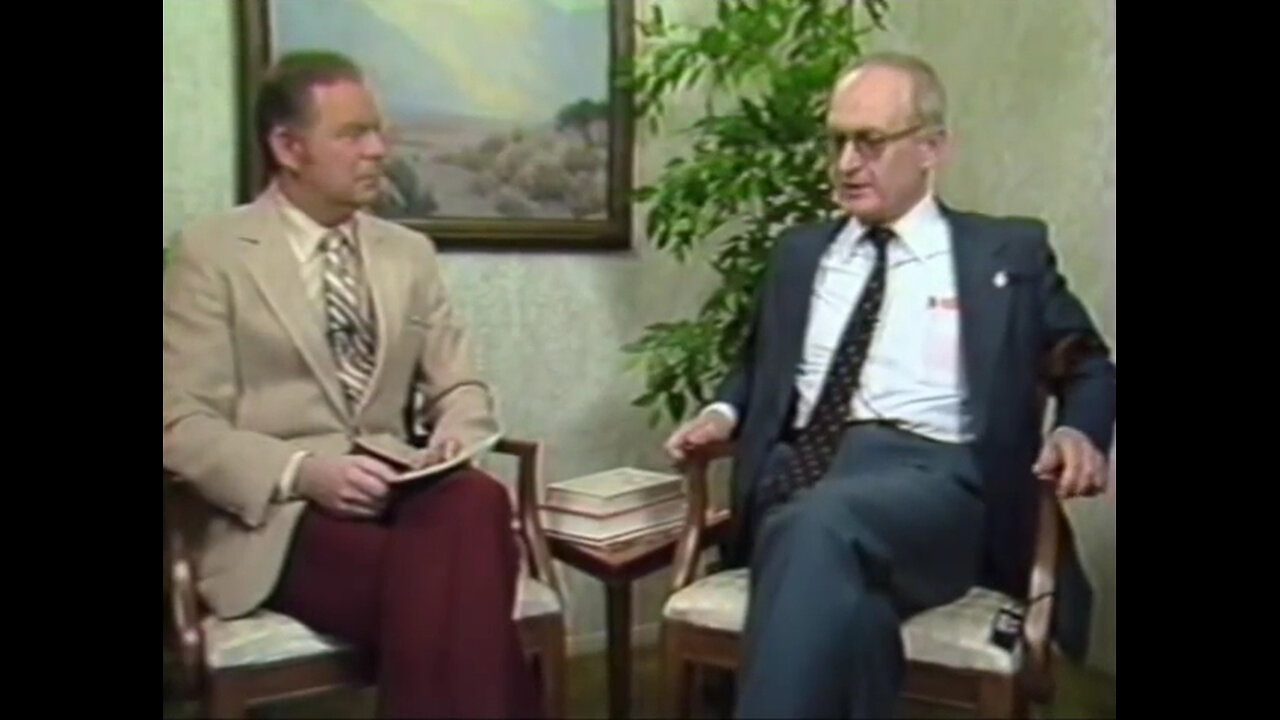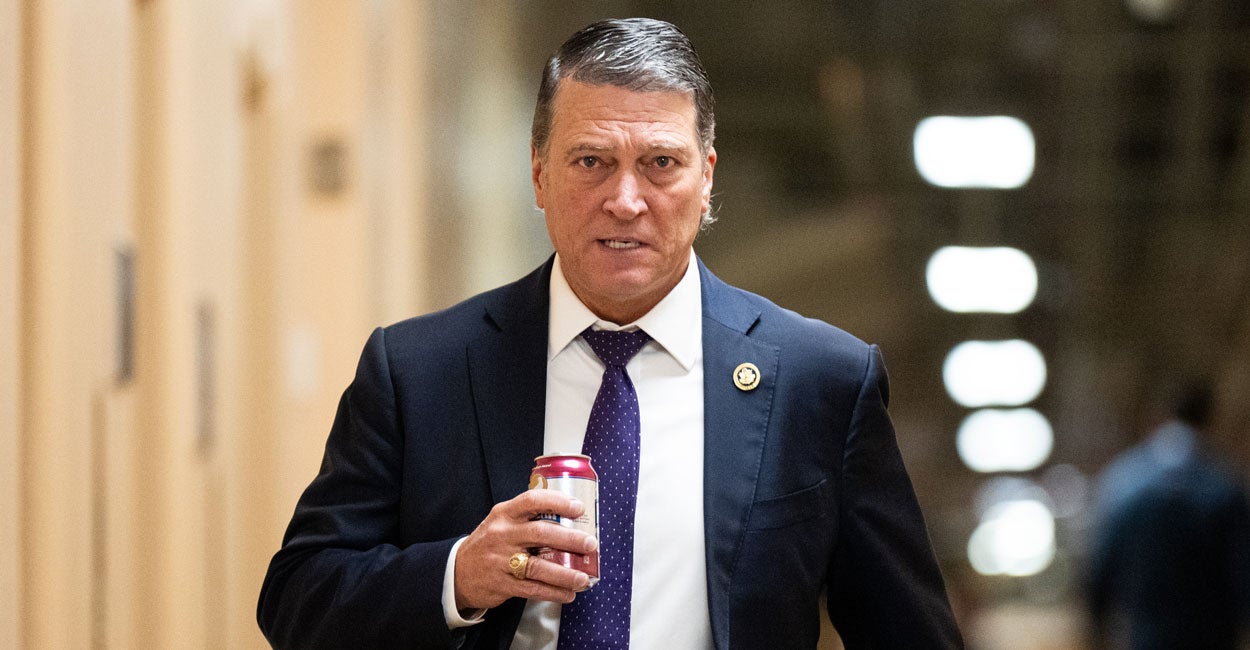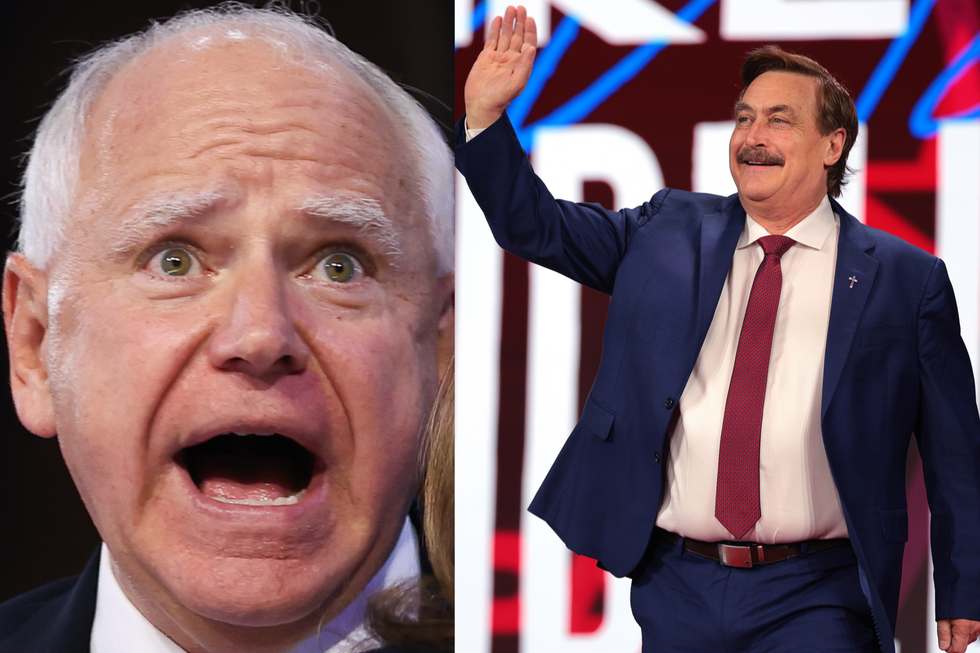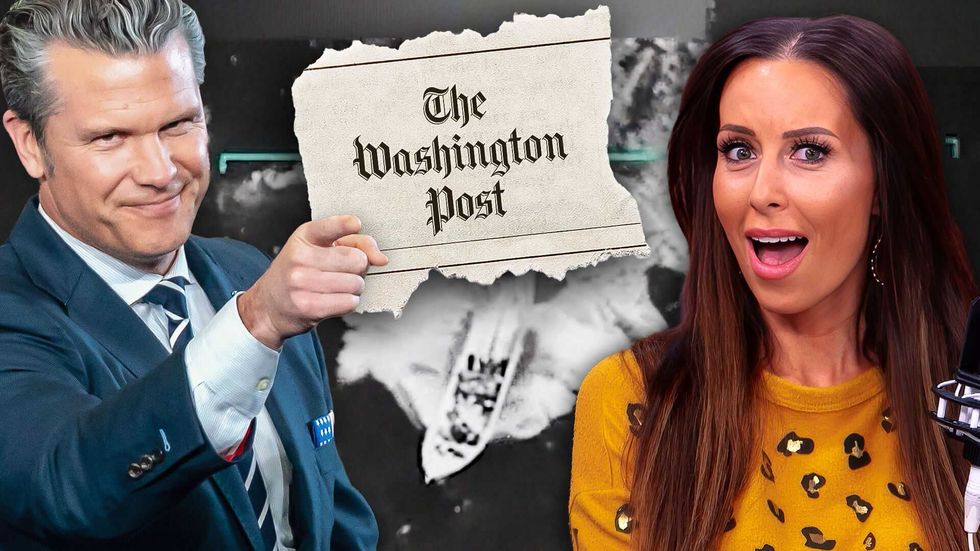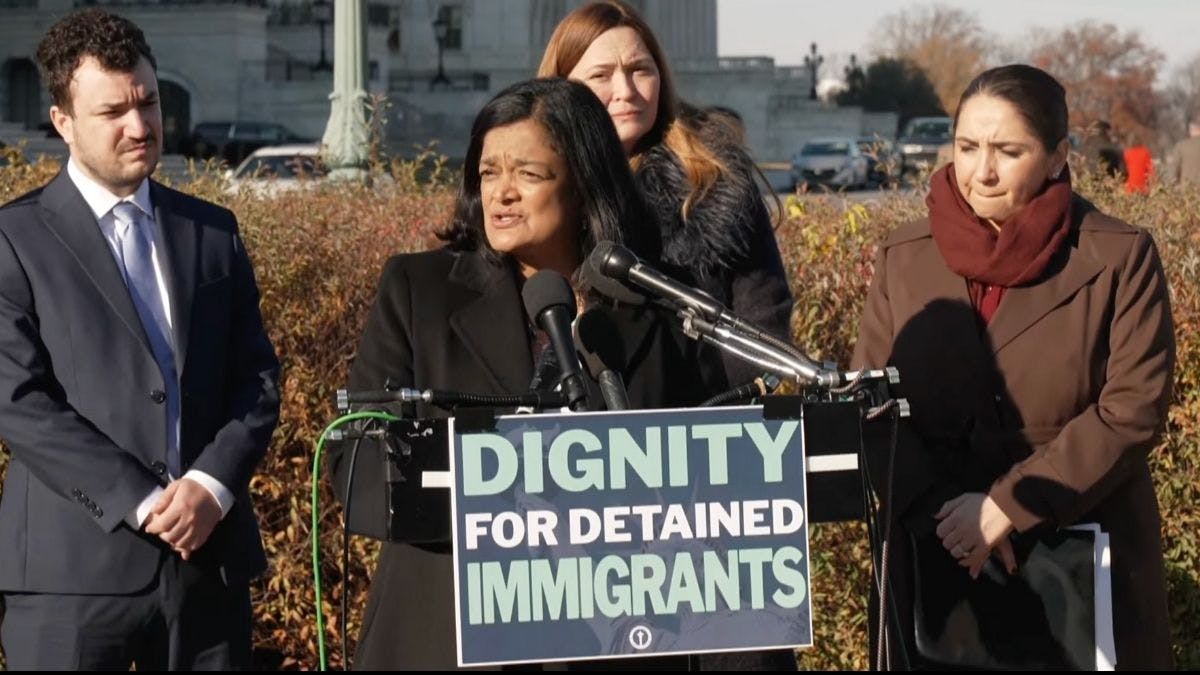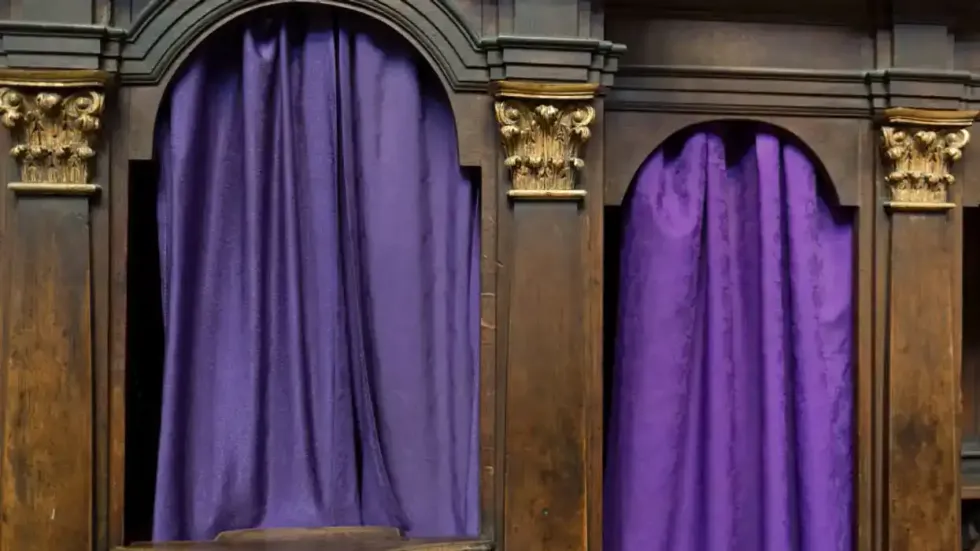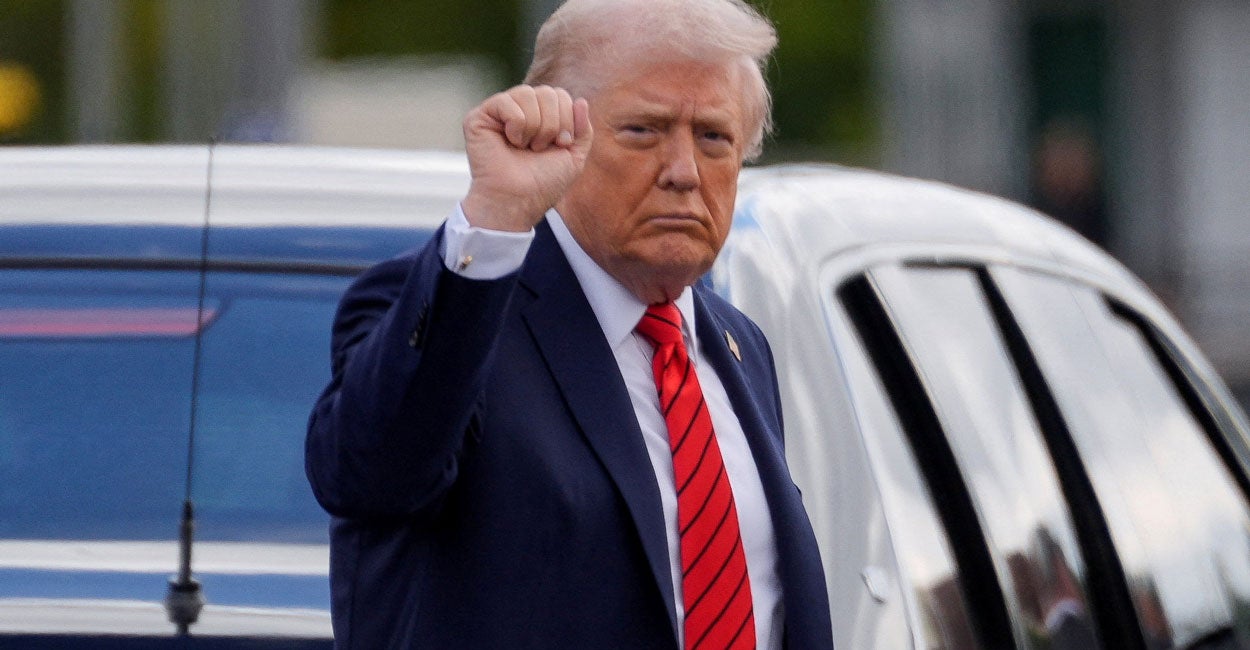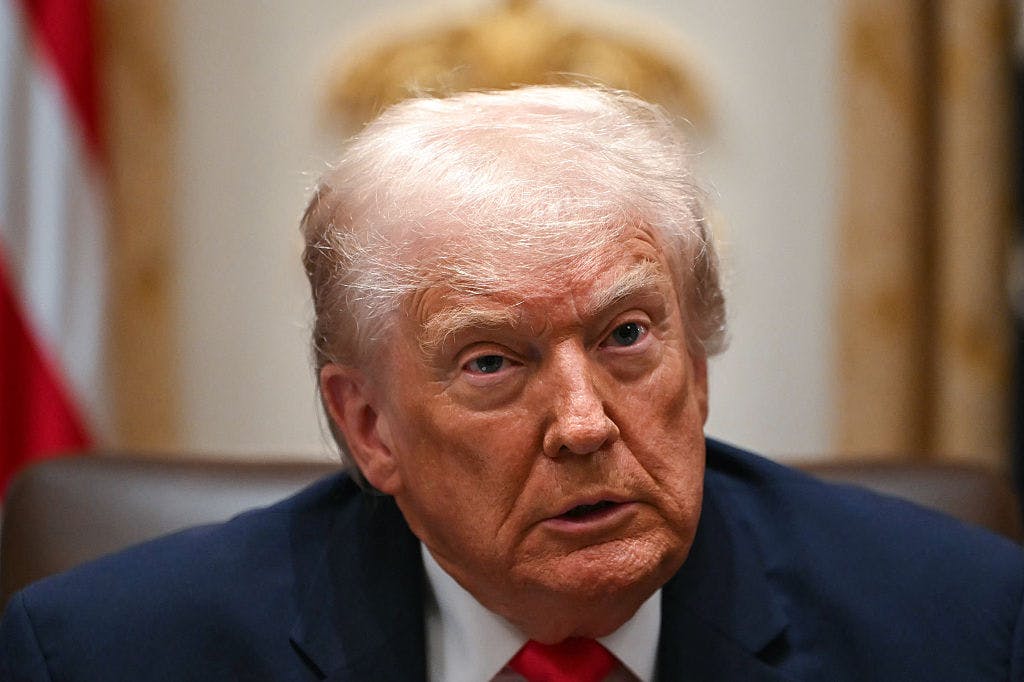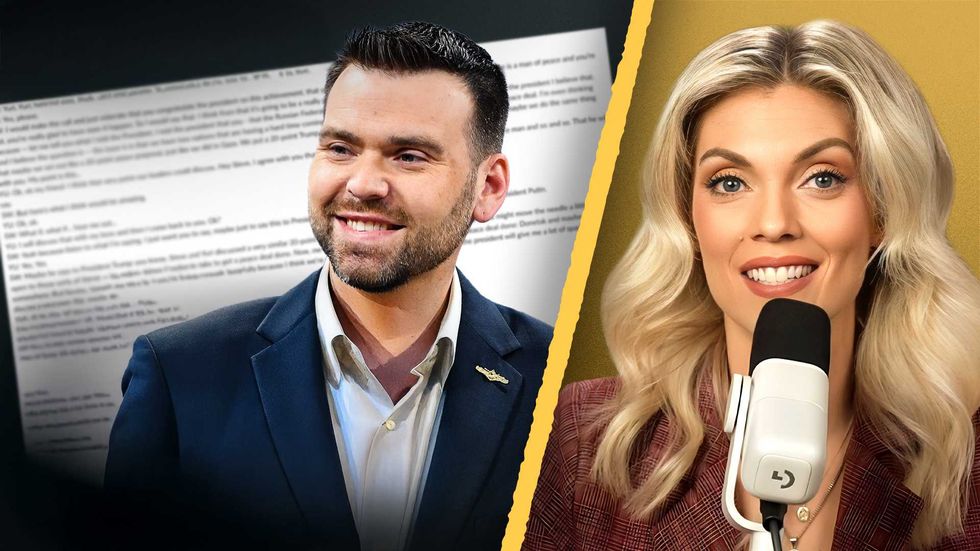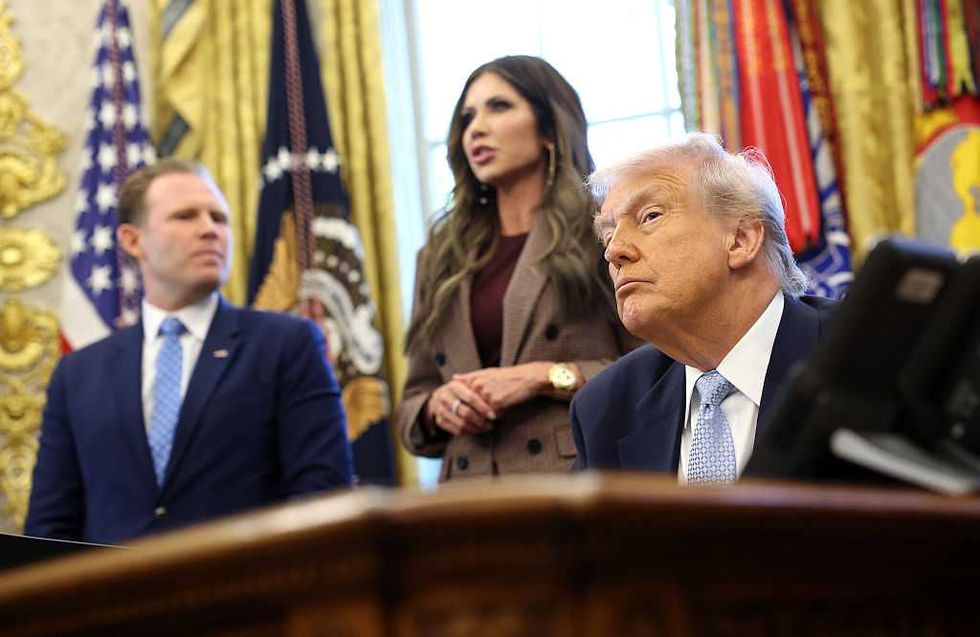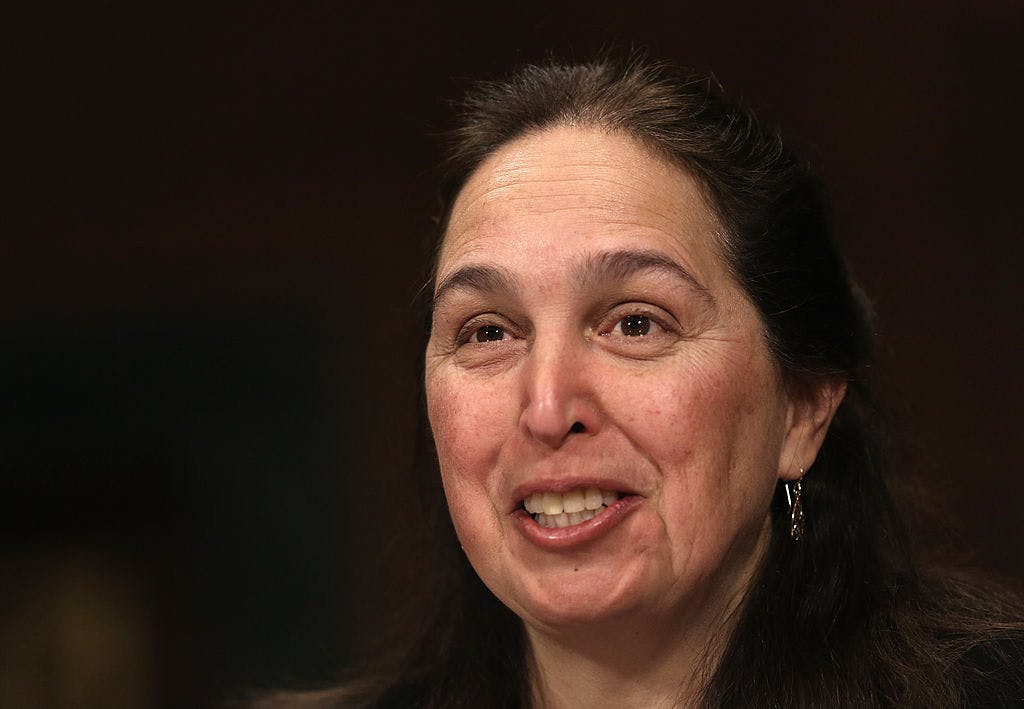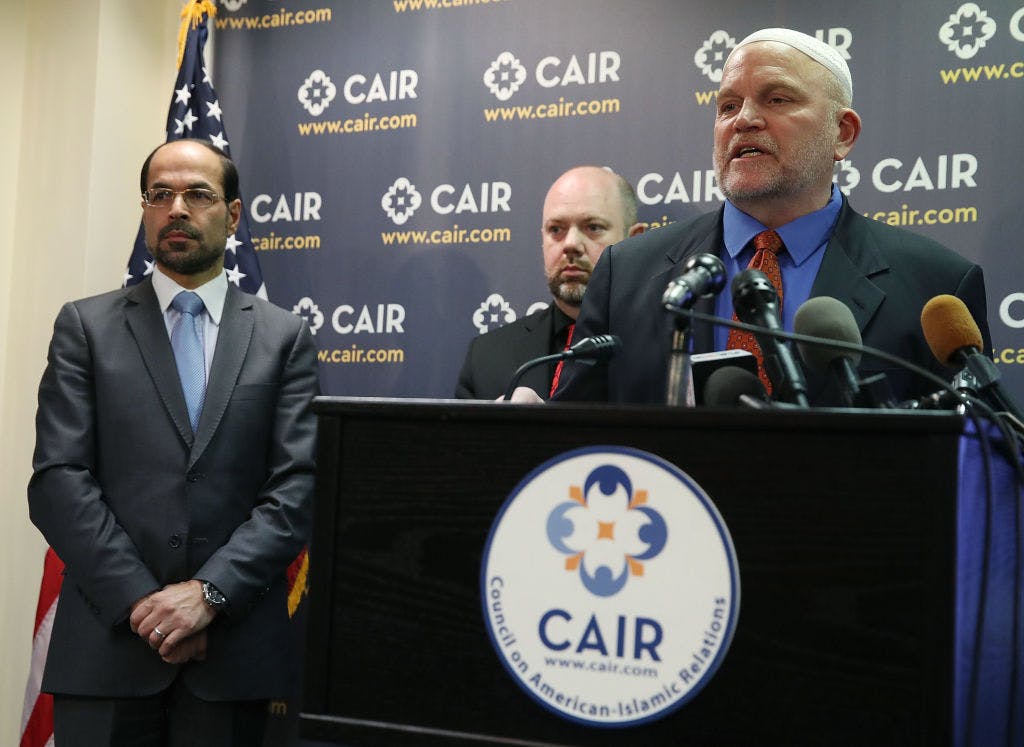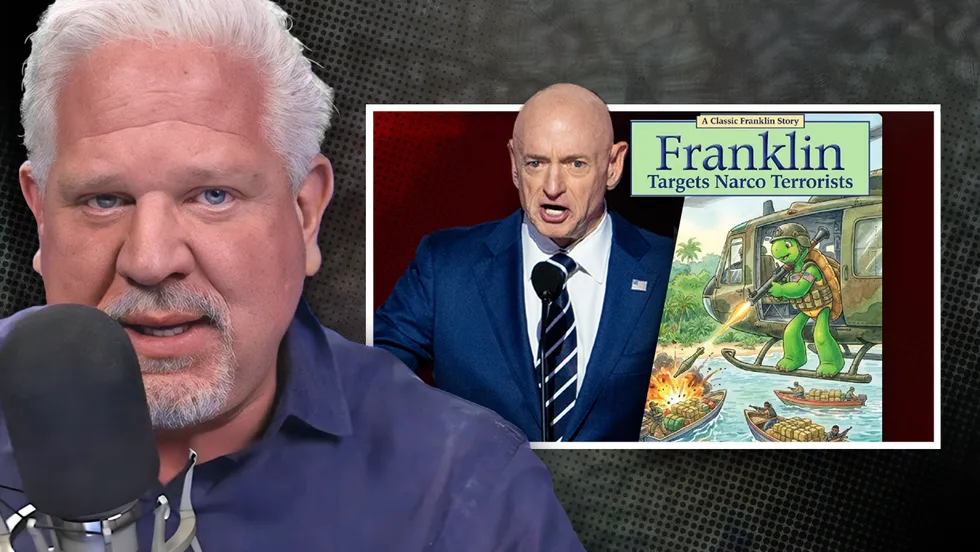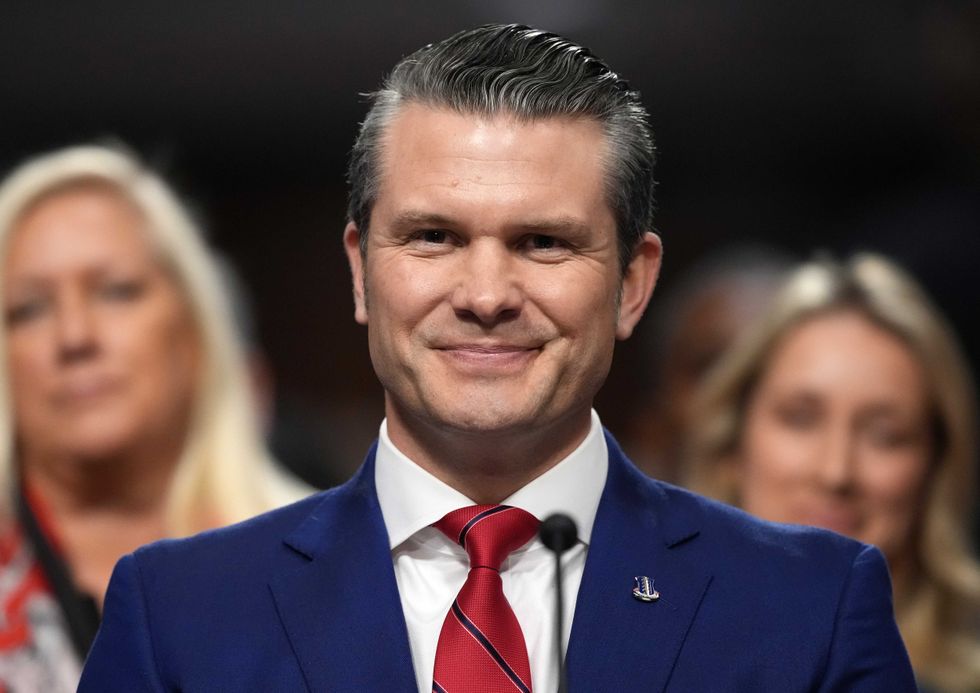The EPA’s 007 Rule: Licensing California to Kill the Gas-Powered Engine

This week, the Senate will likely vote on whether to invoke the Congressional Review Act of 1996 to nullify an Environmental Protection Agency rule that would grant California a “license to kill” the gas-powered engine on a nationwide basis.
The act exists precisely to empower Congress to quickly review and squelch grossly improvident agency rules like the one at issue here. The House has already voted to nullify the EPA’s action, teeing up the issue for the Senate. With luck, the Senate will agree with the House.
What’s the story?
In 2022, California adopted a law forbidding the in-state sale of new gas-powered motor vehicles by 2035, hoping to “save the planet” from its “existential” climate crisis by forcing a switch to electric vehicles.
Ordinarily, California could not legislate clean air standards for the entire nation. In the Clean Air Act, Congress gave the EPA exclusive authority to set nationwide emission standards—an exclusivity that’s needed to prevent different states from forcing American businesses into complying with a host of potentially conflicting emission standards.
Under the Clean Air Act, only the EPA has the power to weigh the potential nationwide health benefits of reducing current emission levels against the macroeconomic costs of cleaner-engine vehicle mandates and the microeconomic costs of more expensive electric vehicles. The act effectively bars states from banning the sale of gas-powered vehicles.
Thus, California’s 2022 statute could not take effect without the federal government’s assistance.
Cue the EPA.
Under the Clean Air Act, the EPA can grant states a waiver of the federal minimum emission standards and impose a lower state standard instead.
For California, that provision was like manna from heaven. The Biden EPA approved the California statute by waiving the preemptive effect of the Clean Air Act.
As far as the Biden administration was concerned, problem solved. Ah, but how that problem was solved is a story by itself.
Did the EPA act during the 2024 presidential campaign so that the voters would know what to expect from the second Joe Biden or a first Kamala Harris administration? Of course not; that would have been honest.
In fact, then-Vice President and presidential candidate Harris assured the voters that nothing of the kind would occur were she elected chief executive, promising America that “she would ‘never tell you what kind of car you have to drive.’”
But that’s exactly what the Biden EPA did—right after the November 2024 election and just before the door hit the Biden EPA Administrator in the buttocks on the way out. The EPA gave the Green New Fraudsters a parting Christmas present by granting California a waiver so that its 2022 law might take effect.
The result: Come 2035, every new car sold in California must be powered by electricity, natural gas, or whatever fueled the flux capacitor—all without any law from Congress to that effect.
That alone would create a problem for Detroit—but it gets worse.
First, 12 states and the District of Columbia incorporate California’s emissions standards.
Second, that 14-member group is responsible for roughly one-third of annual new car sales.
Third, federal law permits any other state to follow along, so the number of California groupies could well increase over time.
Fourth, Detroit cannot order new motor vehicle assembly lines and parts from Amazon Prime and get them delivered in a few days. Rather, the auto industry must make plant-investment decisions years in advance of plants’ completion and open-for-business date.
Fifth, even if a large number of consumers still want gas-powered vehicles, the auto industry might not be financially able to accommodate their desire by maintaining two full and entirely separate production lines for gas-powered vehicles and “e” vehicles.
Add those facts together and “ya got trouble.”
Put yourself in the shoes of the average person (read: voter). That person would know that Congress has not ordered the execution of the gas-powered engine. That person also would have thought that the EPA was not an American version of the Soviet Union’s Gosplan, or central economic planning agency.
That is, the average person would have believed that the EPA was created only to prevent toxic chemicals from poisoning the air, water, and land—and that it was not chartered to determine the future of American industry.
Unfortunately, the average person would have been wrong. The average person has a real job—one that doesn’t involve being a creative lawyer. The average person wants to believe—despite overwhelming proof to the contrary—that politicians are not inveterate, incorrigible liars. And the average person has not bought into the Green New Scam.
The Biden administration, however, was full of lawyers, liars, and Green New Scam artists—a combination that, put together, concocted this new role for the EPA.
So what can we do?
Under the Congressional Review Act, Congress has the power to remedy this problem by nullifying the EPA’s action. Specifically, the act creates a fast-track procedure that enables Congress to set aside any new agency rule it finds unwise before the rule can go into effect.
The act directs federal agencies to submit a copy of every new rule to Congress and the comptroller general so that the latter can examine it and the former can schedule a vote on a joint resolution to disapprove it. This expedited process allows Congress to quickly pass a joint resolution of disapproval and send it to the president for his signature or veto—all while avoiding the delay caused by a filibuster.
If the president signs the resolution (or Congress overrides his veto), the rule becomes null and void, thereby (hopefully) preventing the harm Congress believed the rule would inflict and bars the agency from readopting the same or a similar rule absent new, intervening legislation from Congress authorizing the rule.
Regardless of how the EPA labels it, the waiver is a “rule” for purposes of the Congressional Review Act. The act uses the definition of the term “rule” found in the Administrative Procedure Act (APA), which defines that term as “the whole or a part of an agency statement of general or particular applicability and future effect designed to implement, interpret, or prescribe law or policy.”
The EPA’s action changes the governing law nationwide, lowering to zero the permissible level of emissions from a gas-powered motor vehicle. The so-called “waiver” would require the elimination of the most commonly driven type of motor vehicles in America, as well as a restructuring of the American motor vehicle manufacturing process.
That is certainly a “rule” under the act.
For further proof, simply consider America’s motor vehicle industry. It sold nearly 16 million vehicles in 2024. It directly and indirectly employed or supported the employment of approximately 10 million people in 2024, and its revenue represented approximately 4.8 percent of the nation’s Gross Domestic Product. If the auto industry were a country rather than an industry, it would rank No. 17 on the largest nations by GDP. And it “drives $1.2 trillion into [the] U.S. economy each year.”
Nonetheless, the EPA decided to send the internal combustion engine across the River Styx without an express directive from Congress to undertake that massive step. It did so by using creative lawyering, acting during the Christmas-Hanukkah Season, and then leaving town before voters knew what would hit them.
That’s not chutzpah. It’s not even dodgy arrogance. It’s cojones de grandes ligas.
There is no merit to the argument that, rather than adopt a rule per the Congressional Review Act, the EPA adjudicated California’s request for a waiver of the Clean Air Act or granted California (and any other state with the same zero-emission law) a permit for its law to take effect. According to that argument, agencies daily and routinely grant private individuals or companies permission to drill for oil, natural gas, or minerals, and the Congressional Review Act was not designed to second-guess an agency’s permitting decisions.
There is no material difference, the argument goes, between the EPA’s decision to allow California and other states to outlaw internal-combustion engines and the U.S. Department of the Interior’s decision to grant a company a mining permit. Thus, neither one should be treated as a rule under the act.
That argument is unpersuasive. As I have explained earlier:
Adjudications, waivers, and permits, like contracts, leases, and so forth, grant specific parties the right to proceed with particular conduct. They are not across-the-board prohibitions or approvals because they do not regulate in the manner that an agency “rule” would have on private parties or state and local governments. A permit allows only Party X to take or refrain from taking any steps that Washington has required, not the rest of the alphabet. They are examples of the ordinary, everyday conduct or “stuff” that federal officials approve to enable people to avoid coercive conduct by the federal government, whether that be administrative, civil, or criminal in nature. By contrast, the EPA’s decision not only approved California’s application and allows every other state to adopt the same law, but it will inevitably have the intended effect of changing the composition of the nation’s fleets of cars, trucks, and SUVs. [¶] Besides that, how the EPA’s decision is labeled—as a “waiver,” a “permit,” an “adjudication,” or as something else—matters far less than what that decision did. It started the nation down the road to eliminating gas-powered vehicles as one administration was being ushered out of the door in part for endorsing such actions.
Put another way: The EPA’s action would have the same effect as a regulation prohibiting the manufacture and sale of gas-powered vehicles—a step that Congress has not allowed the EPA to take. Because the EPA cannot directly forbid gas-engine vehicles from operating on the nation’s roadways, it tried to achieve that result indirectly. It used what “pool players would call a ‘two cushion shot’: viz., banking the cue ball off two cushions before hitting the desired ball.”
That’s a great shot in pool, but the law does not allow the government to achieve indirectly what it cannot accomplish directly. As I have explained elsewhere, as “[t]he EPA cannot directly forbid Detroit from making such vehicles by issuing a rule to that effect, so the agency should not be able to finagle the same result” by allowing California to accomplish it.
Nor does the Senate parliamentarian’s conclusion that the EPA’s waiver is not a “rule” change anything. The parliamentarian is an employee of the Senate, not a member. Only the latter may vote on the issue of whether to nullify the EPA’s action, and each senator is free to decide independently whether the EPA’s 2024 waiver is a rule and, if so, whether it should be nullified.
Nor does the Senate parliamentarian’s conclusion that the EPA’s waiver is not a “rule” change anything. The parliamentarian is an employee of the Senate, not a member. Only the latter may vote on the issue of whether to nullify the EPA’s action, and each senator is free to decide independently whether the EPA’s 2024 waiver is a rule and, if so, whether it should be nullified.
In sum, an unelected agency head has sought to force the nation into a new and expensive motor vehicle power system that Americans can’t afford and don’t want. That Biden administration official did so by acting during the lame duck period in a way the EPA refused to take prior to the election when their actions could have been a subject of public debate. The Congressional Review Act was meant to authorize Congress to nullify exactly such lame-duck midnight rules—which Congress can do via a joint resolution of disapproval.
The House has already voted to nullify the EPA’s decision, a decision that puts the ball in the Senate’s court. The Senate can stop the EPA’s overreach by passing the House-approved resolution of disapproval of the EPA’s waiver. If it does, Trump will sign it and send the Biden EPA’s waiver packing.
It’s time to tell the EPA that it went way out of bounds in deciding, all by its lonesome, to restructure the motor vehicle industry and impose massive costs on Detroit and the public. It’s time to kiss the Biden EPA’s rule goodbye.
The post The EPA’s 007 Rule: Licensing California to Kill the Gas-Powered Engine appeared first on The Daily Signal.
Originally Published at Daily Wire, Daily Signal, or The Blaze
What's Your Reaction?
 Like
0
Like
0
 Dislike
0
Dislike
0
 Love
0
Love
0
 Funny
0
Funny
0
 Angry
0
Angry
0
 Sad
0
Sad
0
 Wow
0
Wow
0
